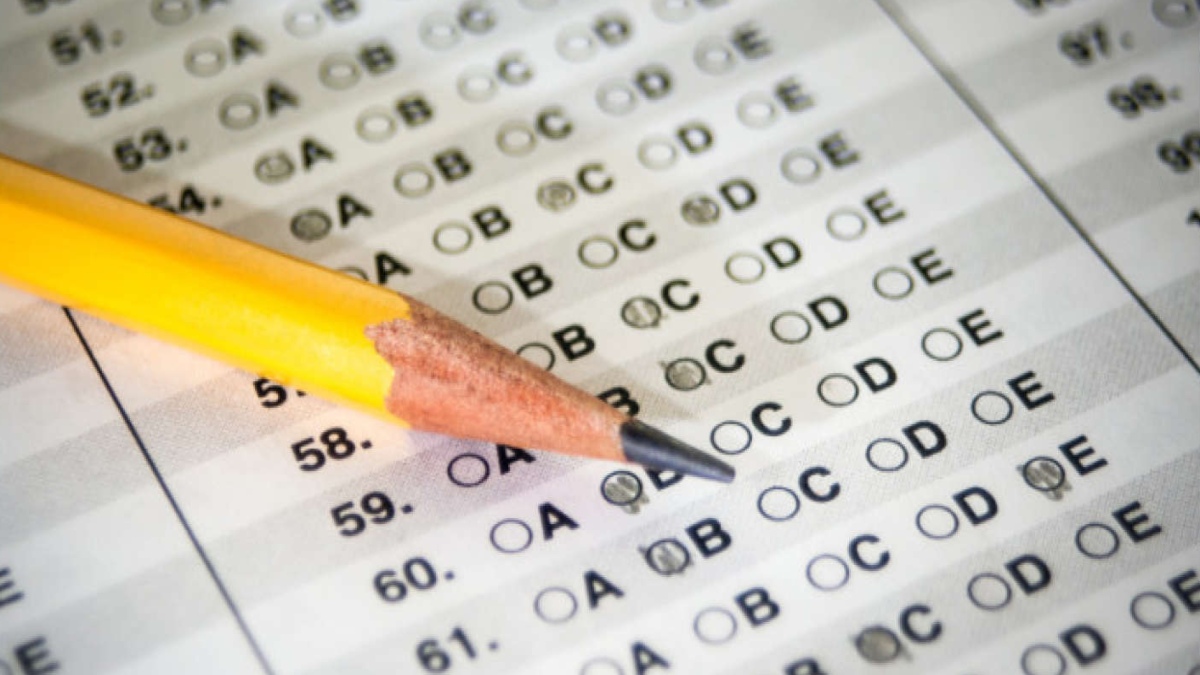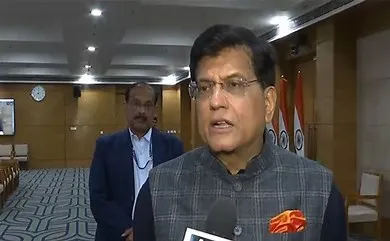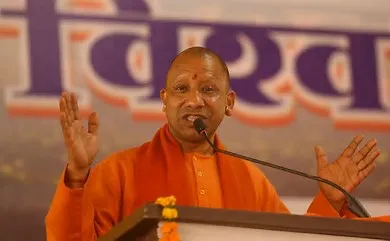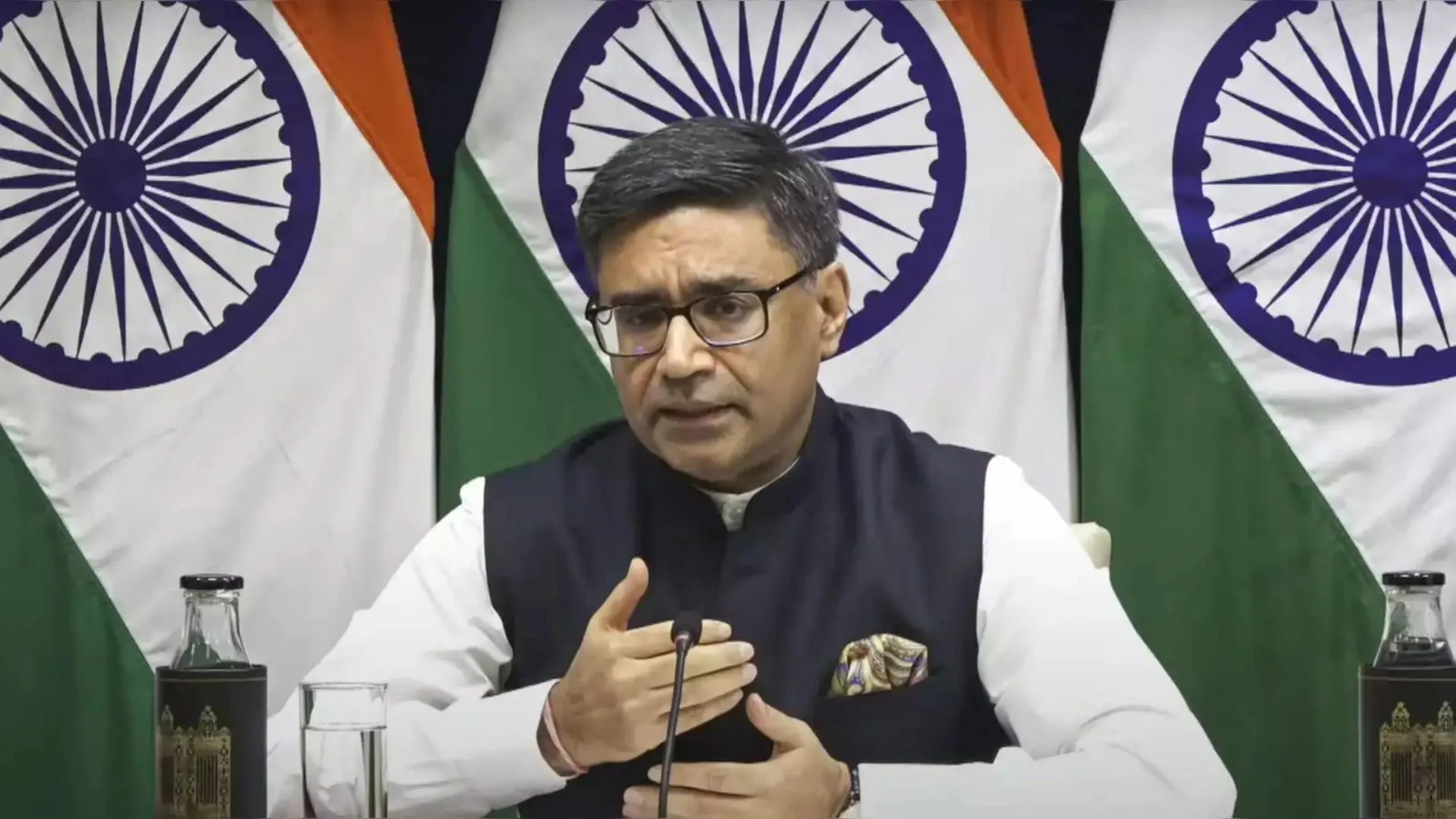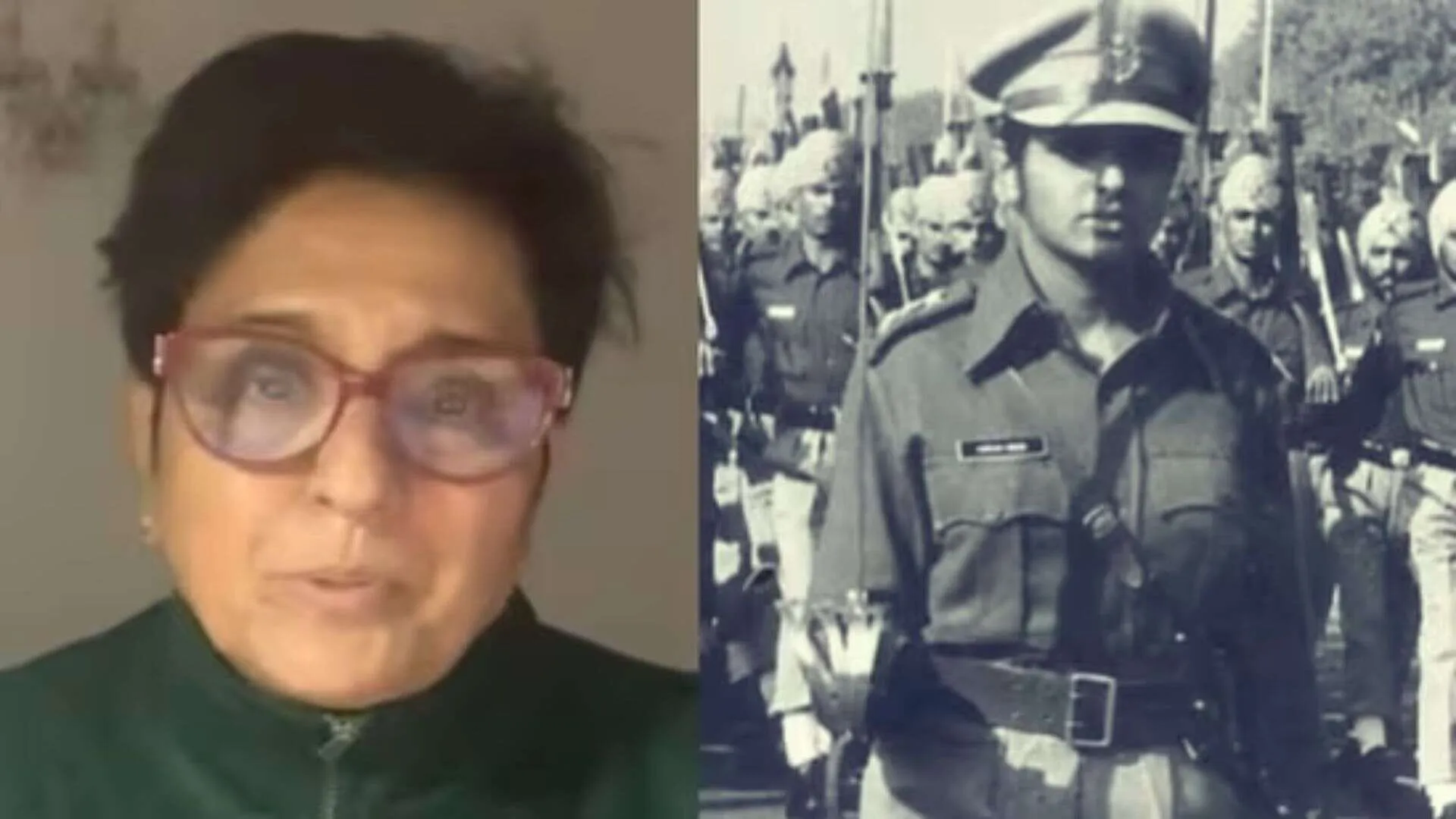The issue of admission to various programs in central universities, one of the very crucial aspects of higher education, is in news for the past few days. It is understood that in the academic year 2021-22, a common admission test ‘Central University Common Entrance Test’ (CUCET) will be conducted for admission to all the central universities of the country. However, the picture because of the Covid crisis remains hazy. Meanwhile, a controversy around CUCET, is raging in the academic world, regarding its need and relevance. However, to completely nullify its advantages, viewing it in the narrow time frame of the pandemic or an ideological prism will be close to throwing the baby out with the bathwater.
The new National Education Policy 2020 recommends, apart from other innovative features, for a Common Entrance Test (CET) for admission to all the higher educational institutions, to be conducted by the National Testing Agency (read NEP clause 10.12). For the implementation of CUCET, it is expected that a common test will be conducted for admission in all the 49 central universities in the upcoming academic year 2021-22. Much hullabaloo has followed over this clause. However, a CET for universities is not a new phenomenon in India, it was started in 2010. Last year as well admissions in 14 new central universities and four state universities took place in the same manner.
The basic concept underlying CET for higher educational institutions is to free the students from the stress of various examinations and extending to them the opportunity to test their calibre through the same yardstick of assessment across the nation. Uniformity would be brought about in terms of admission and assessment, not to mention the reduction in stress, time, money, and human energy expenditure of the students.
Not long ago there were many types of medical and engineering entrance tests. Students were pulled in all directions trying to keep to the deadline of each. Besides, it was a huge waste of precious man-hours and money as well as guardians were equally under pressure. At times, the dates of examinations of different institutions also clashed.
It is with much deliberation and intending to bring about uniformity and orderliness against the prevailing chaos that the Government of India initiated CET for admission to medical or engineering colleges and later on implemented CLAT (Common Law Admission Test) even to law programs in 22 National Law Universities.
Similarly, in an effort towards relieving the aspiring youth of the nation — vying for admission to various universities in Bachelors, Masters or Research programs — from unnecessary stress and exhaustion, the Ministry of Education constituted a committee for the purpose. After much deliberation, in keeping with the principles of the same yardstick and uniformity, as in the engineering, medical, and law programs, the committee recommended a CET for admission to all the central universities across India.
Most of the opposition to CUCET is ideologically motivated and party-oriented. Only because the Narendra Modi government has a vision for the nation, wants to expand CUCET, the ‘anti-Modi’ mentality turns into an ‘anti-CUCET’ mindset. It must be remembered that C.N.R. Rao, Chairman of Scientific Advisory Council to the Prime Minister during Manmohan Singh’s government, in 2011, had expressed concern over the plight of students burdened with the stress of tons of examinations and ruled that the students’ creative energy and potential were dissipated taking so many entrance examinations. Rao’s report on ‘Essential Steps for Progress in Higher Education: A List’, to Manmohan Singh, emphasised the need to immediately free students from the nexus of unnecessary examinations, in favour of a national examination — on the model of the USA — for all courses of higher education.
Undoubtedly, a single entrance examination, for admission to various programs of universities, will not only liberate students from multiple examinations but simultaneously provide the options of admission to several universities without much hassle. Students from socially and economically weaker sections, with scarce resources, will also benefit much from this systematisation of the admission process, as would the students from far-flung areas of the country like Northeast or far South — this would be equally enabling for the young women of ‘New India’ seeking admission to preferred universities, without involving much travel. It will bring about a win-win solution for all.
Admission based on merit through a single CET instead of board examination marks of XIIth is also favourable as there is no single board in the country. Apart from CBSE and CISCE boards, different states have their own boards. All these boards have a different system of marking— some boards are relatively liberal in their approach while some others are a little strict in marking. Due to such a varied process of assessment, talented students will be saved from discrimination and harassment if there is a CET. Moreover, it is a violation of the Right to Equality mentioned in Articles 14 and 15 of the Indian Constitution.
In the current year, the need for CUCET, after the cancellation of class XIIth board examinations, has increased, more so, as all the boards have released their own formula for allocating marks. Besides this, CET for all central universities, instead of separate examinations by each university, will save the resources of the universities, government, and the nation.
Moreover, not every university is so resourceful to conduct entrance exams at numerous centres across the country. The University of Delhi, one of the most resourceful universities in the country, hardly has an exam centre in 24 cities for admission to its various programs. The examination centre of many other universities does not even cross the figure of a dozen cities depriving the universities of the best pool of students the country has to offer. JNU is a rare example, an exception, which, because of huge funding by the government, conducts its entrance exam in more than 125 cities. It is not accidental that bright talented students from all over the country get an opportunity to get admission in JNU.
An argument made against CUCET is that for a student it will not be possible to change the ‘streams’, once selected, for instance, students, studying science in class XII, interested in taking humanities or social sciences at the undergraduate level won’t be able to do so as in the entrance exam they would choose to answer the questions from the science subjects only. This problem has a simple solution. Those students, passing the entrance examination from the science subjects, who want to study the subjects of humanities or social science could be awarded the subjects of their choice by deducting one and a half to two per cent marks from their entrance score. In Delhi University, presently, a similar formula is adopted at the time of admission, although it is based on the class 12th marks, whereby, usually, merit is made by deducting two to two and a half per cent marks for students who took Science in class XIIth and were opting for subjects of Humanities or Social Science stream.
Another argument of the CUCET critics is that students from a privileged background, having the wherewithal of attending coaching classes, would dominate the admission list, at the cost of the students from deprived sections or remote rural areas. In my opinion, the solution to this problem is not difficult in this age of technology. A quality online free coaching for three to four months, by using only a small fraction of the savings of crores of rupees, on account of a single entrance examination, could be provided to SC, ST, OBC, EWS category students, girl students, and other disadvantaged sections of the society. Governments and various educational institutions could join forces in this regard. A noteworthy example has been set by the Yogi Government of Uttar Pradesh which has started free coaching for JEE and NEET for students belonging to the weaker sections of society. Moreover, to ensure that no student is deprived of taking the examination due to any reason, CUCET must be conducted at least three to four times annually, just like JEE and NEET.
If JEE and NEET can be conducted during the pandemic, then why not CUCET? It’s an appeal to Education Minister Dharmendra Pradhan that in any policydecision, especially concerning education, three ponderable points must exist — the national and societal interest, the interest of the individual that is, the students, and the overall pool of knowledge or academics. CUCET, undoubtedly, promotes all three.
The author teaches at the Central Department of Hindi, University of Delhi, and has earlier taught in various American universities. The views expressed are personal. He tweets @NiranjankIndia

